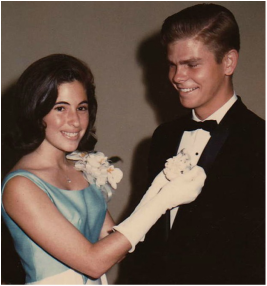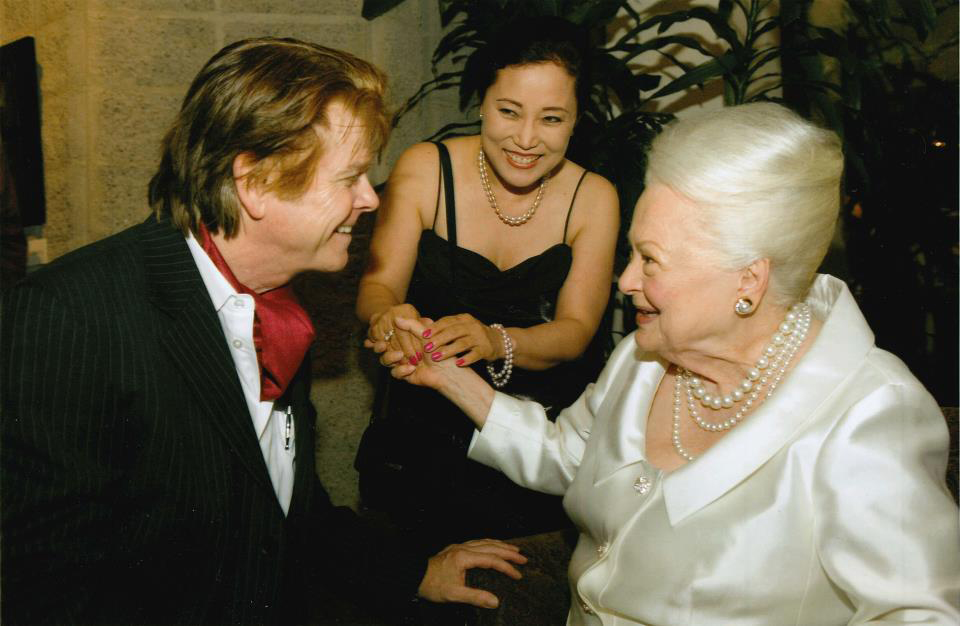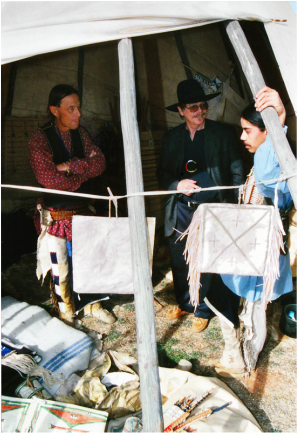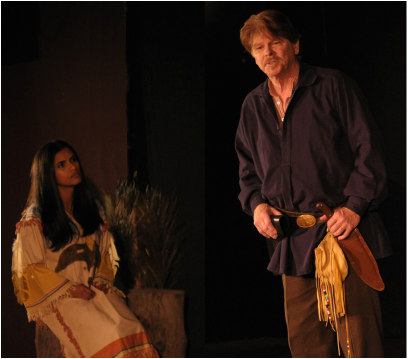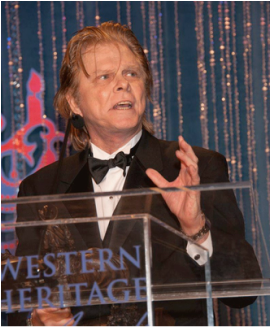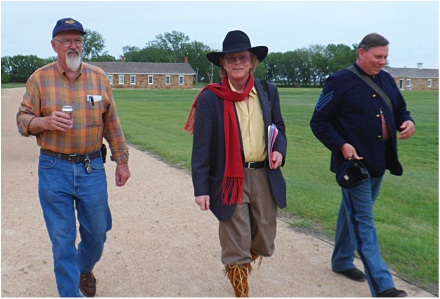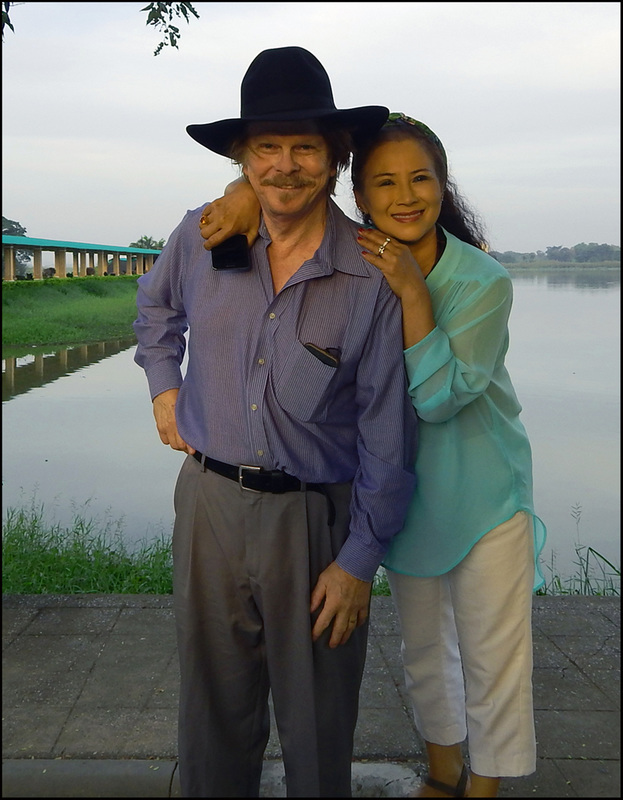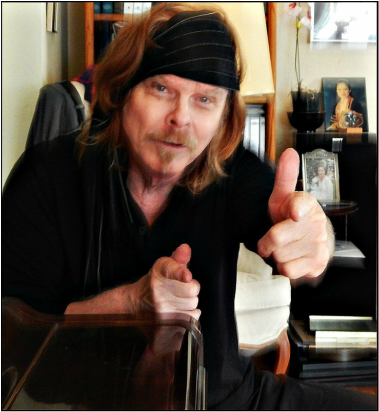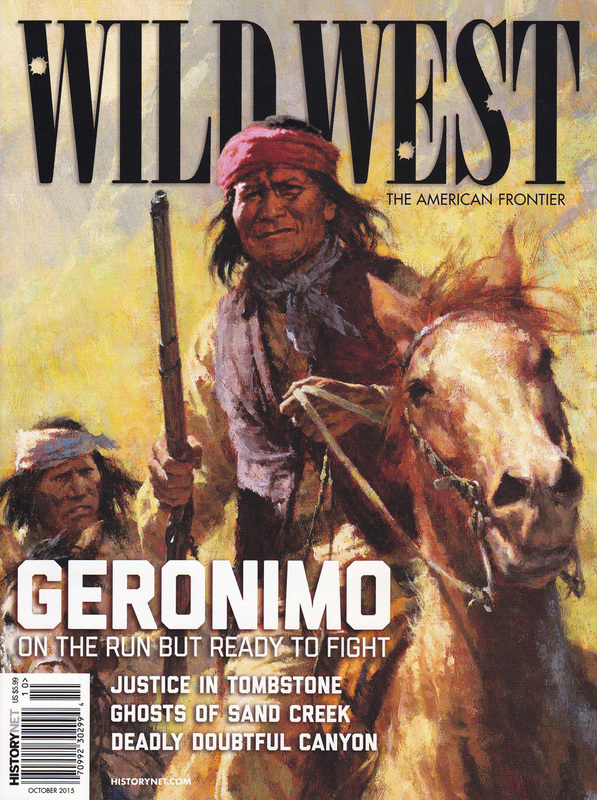Louis Kraft
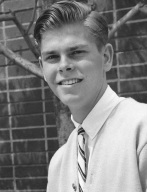 1965
1965
After graduation from high school, I spent four years at California State University, Northridge as a Theater major, and had one hell of a good time. In 1970 I joined Volunteers In Service to America (VISTA), hoping to work with American Indians (an unrealized hint for what the future would bring) but instead worked with African Americans in Oklahoma City. The next 15 years I survived in the entertainment industry, and this included any acting jobs I could land (and I hate to say it, but some print work). In 1976 I did a summer of dinner theater in Lubbock, Texas. Three other actors in the first play were from LA and they claimed to be writers (Were they? Don’t know.), but life was harrowing and after the second play I was lucky to get out of Texas in one piece. I wrote a screenplay about the experience and submitted it to an agent. He called and said: “This is terrible, but let’s talk.” By the early 1980s I had written what was, in my humble opinion, my best screenplay. It dealt with the destruction of Germany during WWII as seen through the eyes of a U-Boat commander and his Jewish girlfriend. Even though one producer said he’d buy the script if I changed the time to WWI and removed the Jewish angle (That was the point of the story; I refused.), and the agent said it wasn’t sellable. He would represent my screenplays until 1982.
That year, while touring The Prince and the Pauper (135 performances as the swashbuckler Miles Hendon; I choreographed the duel) in Northern California, I saw the German film Das Boot (which featured a U-Boat patrol) when it opened in San Francisco. Das Boot was a hit. To date the agent and I had come close to selling and optioning, but did neither. Upon my return to LA, I fired the agent. By the time my daughter was born in 1983 I had tired of taking any acting (or worse, print) job I could find to put food on the table. I soon quit cold turkey (telling my actor friends I’d never return). By 1984 I began selling magazine articles and decided to earn a living as a writer. I had seen the future with computers, but had never touched one. Nevertheless in 1986 I talked my way into the corporate world by guaranteeing I could learn how to use a computer in two weeks. Before the first year ended I had mastered desktop publishing and brought it into the company. They gave me 25 percent raise. Eventually I trained a staff of two. But at the end of the second year they only offered me an 8 percent pay increase. I told them that this wasn’t good enough, that I was still earning much less than I had in my previous life. Too bad was the response. Within a month I landed a desktop publishing supervisor position with a “how to succeed in business” company that published a heavily illustrated 200+ page book each month. At the end of the second year the editor-in-chief gave me a great review but then offered me an $8,000.00 pay cut. What? He told me the company intended to move to Macs and Mac users earned less (Do they now? I doubt it). “What do you think?” he asked. “I quit; how much time do I have?” “As long as you’d like. We haven’t bought the Macs yet.” “I’ll be out the door in less than a month.” Yeah, I’m cocky. Some 20 days later, in March 1990, I landed a technical writing position with a major telecommunications firm (now British Telecom Infonet) on my freelance writing and publishing skills. On the first day I asked my manager if I could get some technical writing training. “Are you kidding? I hired you as a technical writer. You’re on your own boy.” I’ve always been good at learning on the job. The other writers sat around and waited for emails that told them to write something. Duh? I buddied up with the engineers, started learning the products, and insisted that I have the software on my computer. I got the software, and began testing and writing how the products worked without being told.
A few years later I created a glossy newsletter for Research and Development. I was the editor-in-chief, art director, chief reporter, and could have rode this position until the end of time. I didn’t, instead I moved to the space industry (Storm Control Systems/L3 Communications). Other companies would follow: SeeBeyond, Sun Microsystems, Yahoo!, and Oracle. Fast paced and multi-cultured with people from the world over, these were my kind of environments. During these years I continued to sell articles and in 1987 I began delivering talks about the Indian wars (often talks bring in more money than an article, and when all expenses are covered I smile all the way to the bank). Race relations interested me, especially people who risked death to avoid or end wars without killing. The first book was published in 1992, and from that point forward there has always been a book project, which means the hours have been long. I’m slow and the process of discovering what really happened (and it sure as hell ain’t what we learned in school or what popular nonfiction repeats over and over again, including the errors that are so ingrained that they appear to be truth). The talks and articles also continued and in 2001 I pitched a one-man play on Ned Wynkoop, a frontiersman who was racist only to change when he tried to end a war in 1864. He had, at great risk, rode to a warring Tsistsistas (as the Cheyennes call themselves) village to discuss ending a war. These people accepted his proposal to meet the governor of Colorado Territory and thought peace had returned. No! Instead Colorado troops butchered these people in ways that would make you ill. It did Wynkoop, and when he accepted Indians as human beings and worked for them he became perhaps the most hated white man on the frontier. A mixed-blood Cheyenne would later call Wynkoop “the best friend the Cheyennes ever had.” This play premiered in Kansas in 2002. I have since played Wynkoop in California, Colorado, and Oklahoma. In 2009 the full-length play Cheyenne Blood played for five weeks (I again played Wynkoop). I learned never say ‘never.’ I parted company with Oracle in 2012, and have no intention of writing for a company again.
That year, while touring The Prince and the Pauper (135 performances as the swashbuckler Miles Hendon; I choreographed the duel) in Northern California, I saw the German film Das Boot (which featured a U-Boat patrol) when it opened in San Francisco. Das Boot was a hit. To date the agent and I had come close to selling and optioning, but did neither. Upon my return to LA, I fired the agent. By the time my daughter was born in 1983 I had tired of taking any acting (or worse, print) job I could find to put food on the table. I soon quit cold turkey (telling my actor friends I’d never return). By 1984 I began selling magazine articles and decided to earn a living as a writer. I had seen the future with computers, but had never touched one. Nevertheless in 1986 I talked my way into the corporate world by guaranteeing I could learn how to use a computer in two weeks. Before the first year ended I had mastered desktop publishing and brought it into the company. They gave me 25 percent raise. Eventually I trained a staff of two. But at the end of the second year they only offered me an 8 percent pay increase. I told them that this wasn’t good enough, that I was still earning much less than I had in my previous life. Too bad was the response. Within a month I landed a desktop publishing supervisor position with a “how to succeed in business” company that published a heavily illustrated 200+ page book each month. At the end of the second year the editor-in-chief gave me a great review but then offered me an $8,000.00 pay cut. What? He told me the company intended to move to Macs and Mac users earned less (Do they now? I doubt it). “What do you think?” he asked. “I quit; how much time do I have?” “As long as you’d like. We haven’t bought the Macs yet.” “I’ll be out the door in less than a month.” Yeah, I’m cocky. Some 20 days later, in March 1990, I landed a technical writing position with a major telecommunications firm (now British Telecom Infonet) on my freelance writing and publishing skills. On the first day I asked my manager if I could get some technical writing training. “Are you kidding? I hired you as a technical writer. You’re on your own boy.” I’ve always been good at learning on the job. The other writers sat around and waited for emails that told them to write something. Duh? I buddied up with the engineers, started learning the products, and insisted that I have the software on my computer. I got the software, and began testing and writing how the products worked without being told.
A few years later I created a glossy newsletter for Research and Development. I was the editor-in-chief, art director, chief reporter, and could have rode this position until the end of time. I didn’t, instead I moved to the space industry (Storm Control Systems/L3 Communications). Other companies would follow: SeeBeyond, Sun Microsystems, Yahoo!, and Oracle. Fast paced and multi-cultured with people from the world over, these were my kind of environments. During these years I continued to sell articles and in 1987 I began delivering talks about the Indian wars (often talks bring in more money than an article, and when all expenses are covered I smile all the way to the bank). Race relations interested me, especially people who risked death to avoid or end wars without killing. The first book was published in 1992, and from that point forward there has always been a book project, which means the hours have been long. I’m slow and the process of discovering what really happened (and it sure as hell ain’t what we learned in school or what popular nonfiction repeats over and over again, including the errors that are so ingrained that they appear to be truth). The talks and articles also continued and in 2001 I pitched a one-man play on Ned Wynkoop, a frontiersman who was racist only to change when he tried to end a war in 1864. He had, at great risk, rode to a warring Tsistsistas (as the Cheyennes call themselves) village to discuss ending a war. These people accepted his proposal to meet the governor of Colorado Territory and thought peace had returned. No! Instead Colorado troops butchered these people in ways that would make you ill. It did Wynkoop, and when he accepted Indians as human beings and worked for them he became perhaps the most hated white man on the frontier. A mixed-blood Cheyenne would later call Wynkoop “the best friend the Cheyennes ever had.” This play premiered in Kansas in 2002. I have since played Wynkoop in California, Colorado, and Oklahoma. In 2009 the full-length play Cheyenne Blood played for five weeks (I again played Wynkoop). I learned never say ‘never.’ I parted company with Oracle in 2012, and have no intention of writing for a company again.
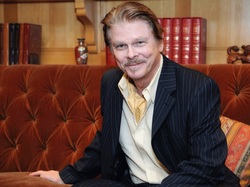 Now
Now
Today I live in North Hollywood
in a Spanish house built in 1928 with coved ceilings and lath and plaster
walls. I’ve added archways, tile, and when I crank up the music it feels as if
I live in Santa Fe, New Mexico, where the Fray Angélico Chávez History Library
(Palace of the Governors) houses the Louis Kraft Collection. I’ve lived at what
I call Tujunga House since January 1993. Nothing much has changed, other than
me not writing for companies that are in my rear view mirror. Projects are
always ongoing, I’m constantly cramming and juggling. In August 2014 Wild
West published a major feature on Ned Wynkoop acting without
orders and riding into a warring Cheyenne and Arapaho village in September 1864
and talking the leaders into ending war (actually this issue published three of
my articles; the other two dealt with five films and five books that had
influenced me and 10 reasons why Wynkoop was a major player during the 1860s
Cheyenne wars). In winter 2014 On Point printed
an article that featured me while initiating an attempt to obtain the Medal of
Honor for Lt. Charles Gatewood, who found Geronimo and the remnants of the
warring Apaches in Mexico and talked them into returning to the United States
and ending the last Apache war in 1886. The U.S. had 5000 troops and the
Mexican government had another 3000 troops hunting the Apaches (some 38 men,
women, and children) with one goal—kill them. They failed, at great cost. But
Gatewood had succeeded, and this included preventing U.S. troops (not a popular
thing to do) from murdering the Apaches on the trek back to the U.S. No bullets
had been fired, and this is key to earn the Medal of Honor, but Gatewood’s life
was at risk at every step of the way in Mexico, from Mexicans, U.S. Troops, and
the Apaches, but he pulled it off. This kicked off in Tucson in September 2013
when I delivered a talk about Gatewood’s feat. My story, “Geronimo’s
Gunfighter Attitude,” was the cover story for the October 2015 issue of Wild West magazine. It has been on sale
since early August but will disappear from newsstands and bookstores in
early October (at that time it will be available from the World History Group’s
website).
The current books are The Discovery, a malpractice novel I’ve partnered with a physician, which will be published in 2016; Errol & Olivia (a biography on Flynn and de Havilland during the years they made eight films together; it will be different, and yes I do know “Livvie” as Flynn called Olivia and have since 1996); and Sand Creek and the Tragic End of a Lifeway, a story that will be told from the point of view of the whites that wanted to kill Cheyennes to secure a new land, whites who married Cheyenne wives, mixed-bloods that lived between two worlds, whites who attempted prevent war, and the Cheyennes. This manuscript is due at the publisher on October 1, 2016), and most likely this book will be the most important that I ever write. Future projects also include a second book on Flynn and both nonfiction and fiction on Kit Carson (the fiction will feature a Diné, as the Navajos call themselves, warrior and his granddaughter). To learn more about the books, other projects, and my life, see: http://www.louiskraftwriter.com/. There is a blog with photos and artwork, and the text is lively. But best, I found my soul mate—Pailin Subanna—who became my wife in 2014.
The current books are The Discovery, a malpractice novel I’ve partnered with a physician, which will be published in 2016; Errol & Olivia (a biography on Flynn and de Havilland during the years they made eight films together; it will be different, and yes I do know “Livvie” as Flynn called Olivia and have since 1996); and Sand Creek and the Tragic End of a Lifeway, a story that will be told from the point of view of the whites that wanted to kill Cheyennes to secure a new land, whites who married Cheyenne wives, mixed-bloods that lived between two worlds, whites who attempted prevent war, and the Cheyennes. This manuscript is due at the publisher on October 1, 2016), and most likely this book will be the most important that I ever write. Future projects also include a second book on Flynn and both nonfiction and fiction on Kit Carson (the fiction will feature a Diné, as the Navajos call themselves, warrior and his granddaughter). To learn more about the books, other projects, and my life, see: http://www.louiskraftwriter.com/. There is a blog with photos and artwork, and the text is lively. But best, I found my soul mate—Pailin Subanna—who became my wife in 2014.
Comments
Louis, we shared theatre in several places together & I am so happy that we are all reconnected! Your writing & experiences are adventurous & exciting! I did want to share that Captain Blood was one of my favorites growing up & would be so happy when it popped up on a Saturday night on televisions "Fabulous 52" The fact that you have spent time with "Melanie Hamilton" blows me away! See you soon Cowboy!
Gloria Dorcy
Gloria Dorcy
Okay, Lou. You gotta be kidding me! Olivia DeHaviland, acting, writing? Oh my God, I would never have believed it. I always thought you'd end up being an engineer or a teacher. What a marvelous life you cut out for yourself. Good work.
When I looked at the pictures on the website from the 65th party, you were immediately recognizable. I said immediately, "That's Lou Kraft, except his hair is too long."
Seriously, congratulations on a very successful career and thank you for sharing it with us. Look forward to seeing you at the 50th.
Jeff Davis
When I looked at the pictures on the website from the 65th party, you were immediately recognizable. I said immediately, "That's Lou Kraft, except his hair is too long."
Seriously, congratulations on a very successful career and thank you for sharing it with us. Look forward to seeing you at the 50th.
Jeff Davis
Louis Kraft -- I could tell you anywhere -- you look much like you did in school! What an eclectic life you are leading! Inspiring to all of those who believe there is one life to live so why not immerse and explore, experiment, travel, love and laugh! Thanks for the travel log of employment, created jobs, experiences, accomplishments and goals. I too love the western life - my grandpa was a cowboy and my grandma a school principal meeting in Tucson in 1915 - and friends with a Navajo tribe there.
I better get writing my own bio! Congratulations on the marriage - I've had a few myself! See you in October.
Chris Van Laar
I better get writing my own bio! Congratulations on the marriage - I've had a few myself! See you in October.
Chris Van Laar

